Vitamin D - information on requirements, intake, raw materials
Vitamin D - information on requirements, intake, raw materials
Diplomökotrophologe mit FOM Diplom Orthomolekulartherapie.
Information on vitamin D
80 - 95% of the vitamin D requirement is formed in the skin, but only under the influence of the sun.
In summer, 10 minutes of midday sun is enough for people with light skin. People with dark skin react less sensitively and therefore need 20 to 60 minutes.* 1/3 of the skin area should be illuminated.
So if you assume that healthy and sporty people who are regularly outdoors a lot produce enough vitamin D, there should actually be no people with a vitamin D deficiency. This is apparently the ideal of many media, where non-professionals (which unfortunately also include many so-called medical journalists) spread the word that vitamin D, like all other vitamins, is completely superfluous or harmful would be.
The crux of the matter: not everyone is young, sporty, healthy, free from chronic diseases and constantly out in the fresh air.
Factors or situations that make it difficult or impossible for the skin to produce vitamin D:
- Old people who don't get out much anymore
- Professionals who work in buildings all day until they can only get out into the sun in the evening - when it is too weak or, depending on the season, has completely disappeared
- People who go outside in veils
- People with special diseases who have a sometimes greatly increased need for vitamin D or lose it
- Children and young people who spend more time in front of the PC and television and can hardly go outside
- People, mostly parents with children, who immediately reach for sunscreen when they are outdoors, factor 50 is best. A tip: leave the children and yourself in the sun in swimwear for 15 minutes before applying sunscreen!
Here are just a few examples. You can calculate for yourself whether the opinion of the vitamin bashing group is correct, that Germany is so prosperous that nobody has a vitamin deficiency, or whether the opinion of the proponents, who are also proven by studies, see a widespread vitamin D deficiency .
Vitamin D deficiency - common and widespread
More than half of all people in Germany have a vitamin D deficiency. The German Society for Nutrition (DGE) considers a serum concentration of 20 ng/ml to be sufficient. According to the Robert Koch Institute, 58% of women and 57% of men have a vitamin D deficiency. In the winter months, this number is significantly higher.
Today, however, experts often assume a normal value of 40 - 80 ng/ml. A slight deficiency is 20 - 30 ng/ml, as severe deficiency less than 20 ng/ml.
Vitamin D intake through food
Only a few foods contain significant amounts of vitamin D. The DGE recommends a daily intake of 20 micrograms of vitamin D for children, adolescents and adults. This would roughly correspond to the daily consumption of 16 chicken eggs, 5 kg of cheese, 80g of herring or 2 cans of sardines.
In this respect, daily supplementation to cover the vitamin D requirement with a dietary supplement makes sense and ensures an adequate supply – especially in winter.
Blood vitamin D levels
An optimal vitamin D level (the 25 OH vitamin D3 level in the serum is measured) is between 30 - 70 ng/ml. According to the recommendation of the German Society for Nutrition (DGE), the vitamin D concentration in the serum should be at least 20 ng/ml (= 50 nmol/l). However, most experts consider this value to be too low and recommend a minimum value of 30 ng/ml. It is not the actual vitamin D3 that is measured, but its storage form calcidilol (25-hydroxyvitamin D). The reason is very simple: If you were to measure vitamin D3, you would only have a snapshot of the current status. The storage form, on the other hand, provides information about the long-term vitamin D supply.
The following guideline values offer a good orientation:
below 10 ng/ml - severe vitamin D deficiency
10 - 20 ng/m3 - vitamin D deficiency
20 - 30 ng/ml - slight vitamin D deficiency
30 - 70 ng/ml - normal range
over 70 ng/ml - vitamin D level too high
Values that go more or less over the 70 ng/ml mark (at the latest from 100 ng/ml) are possibly toxic and can lead to damage to health. A value above 150 ng/ml is definitely considered toxic. About the long-term consequences of extremely high values (can only be achieved through excessive intake of extremely high doses over the age of 20.
Related products
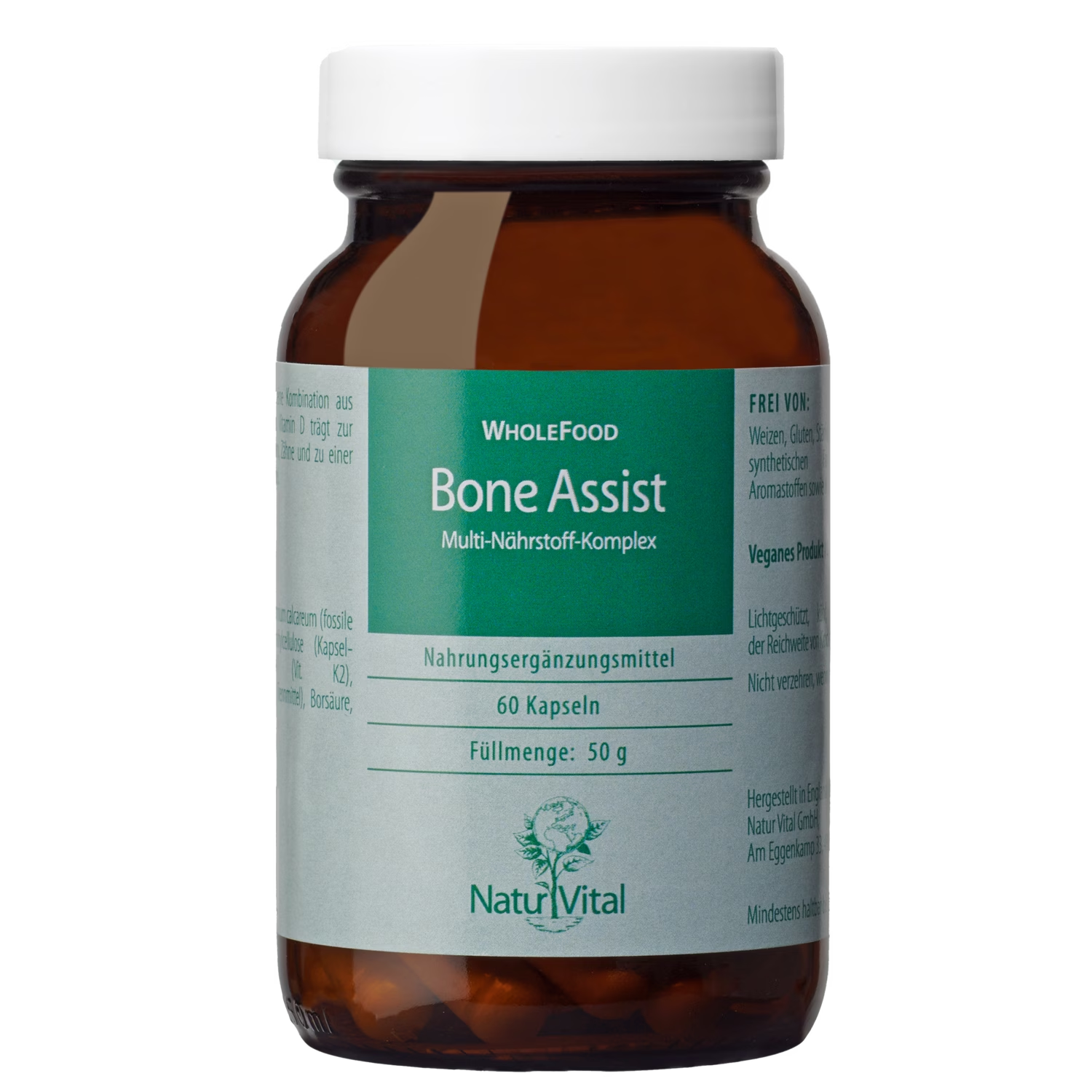
Content: 0.05 Kilogramm (€430.00 / 1 Kilogramm)
-
From 1€23.90€478.00 / 1 Kilogramm
-
From 2€22.70€454.00 / 1 Kilogramm
-
From 5€21.50€430.00 / 1 Kilogramm
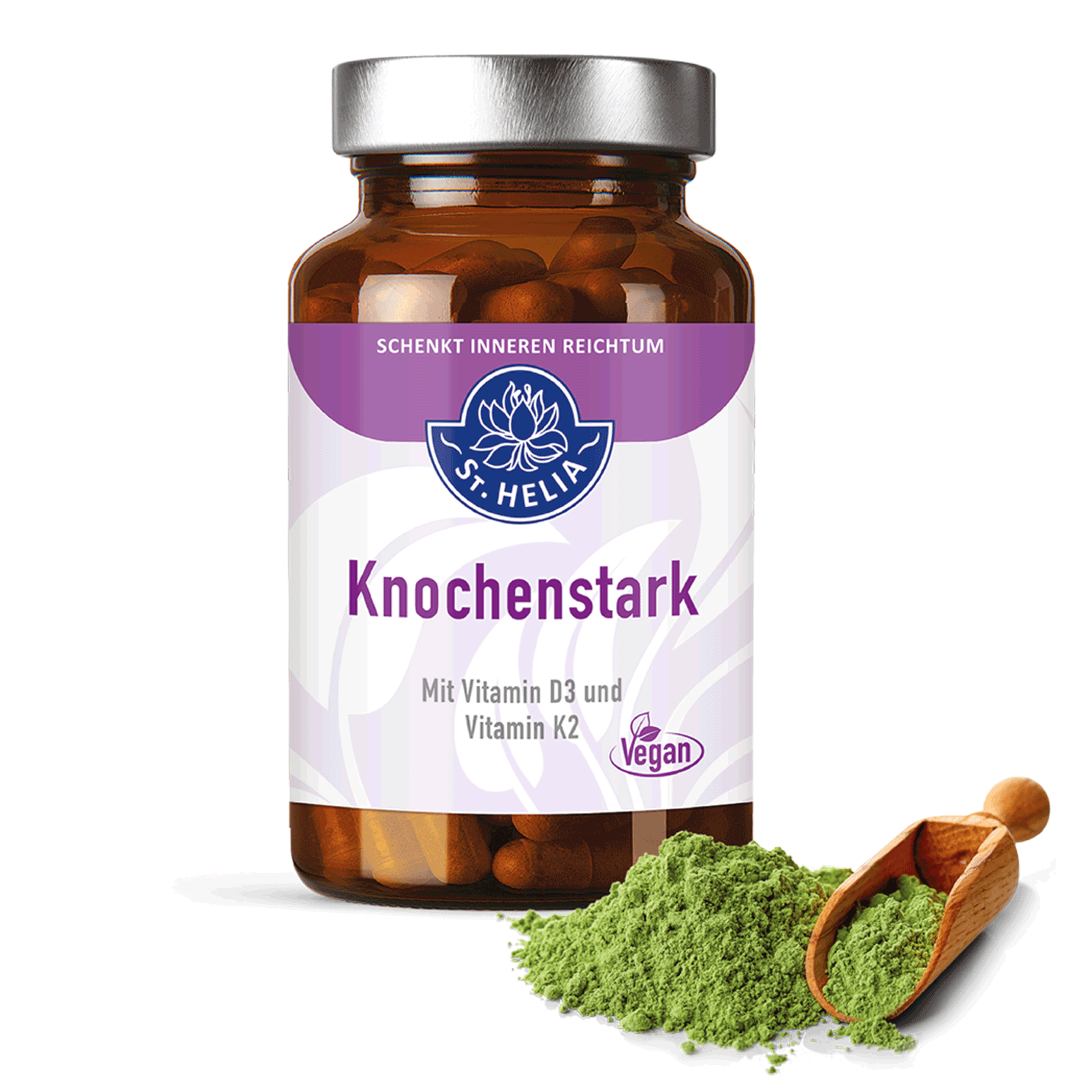
Content: 0.073 Kilogramm (€430.14 / 1 Kilogramm)
-
From 1€34.90€478.08 / 1 Kilogramm
-
From 2€33.00€452.05 / 1 Kilogramm
-
From 5€31.40€430.14 / 1 Kilogramm
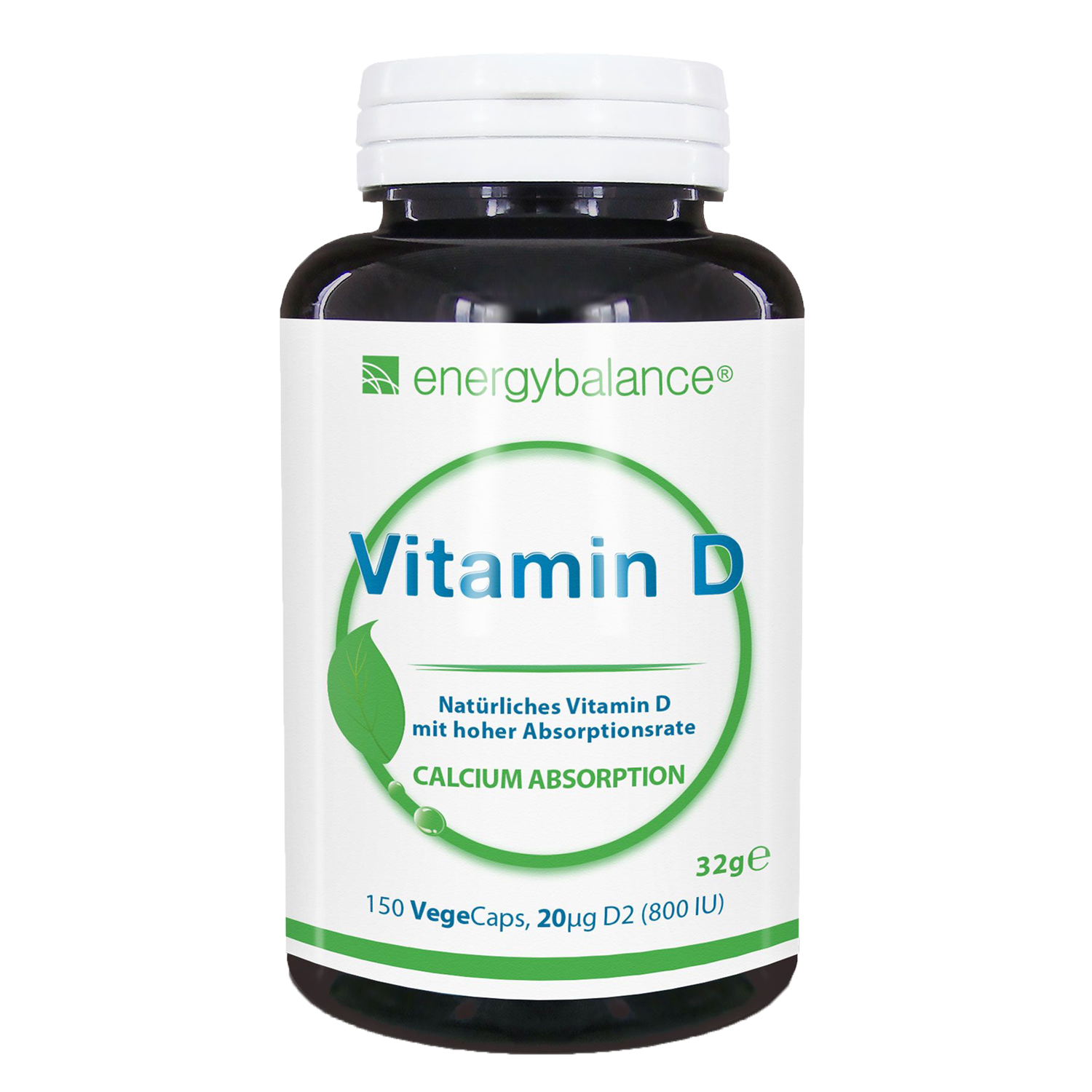
Content: 0.032 Kilogramm (€437.50 / 1 Kilogramm)
previously €19.90
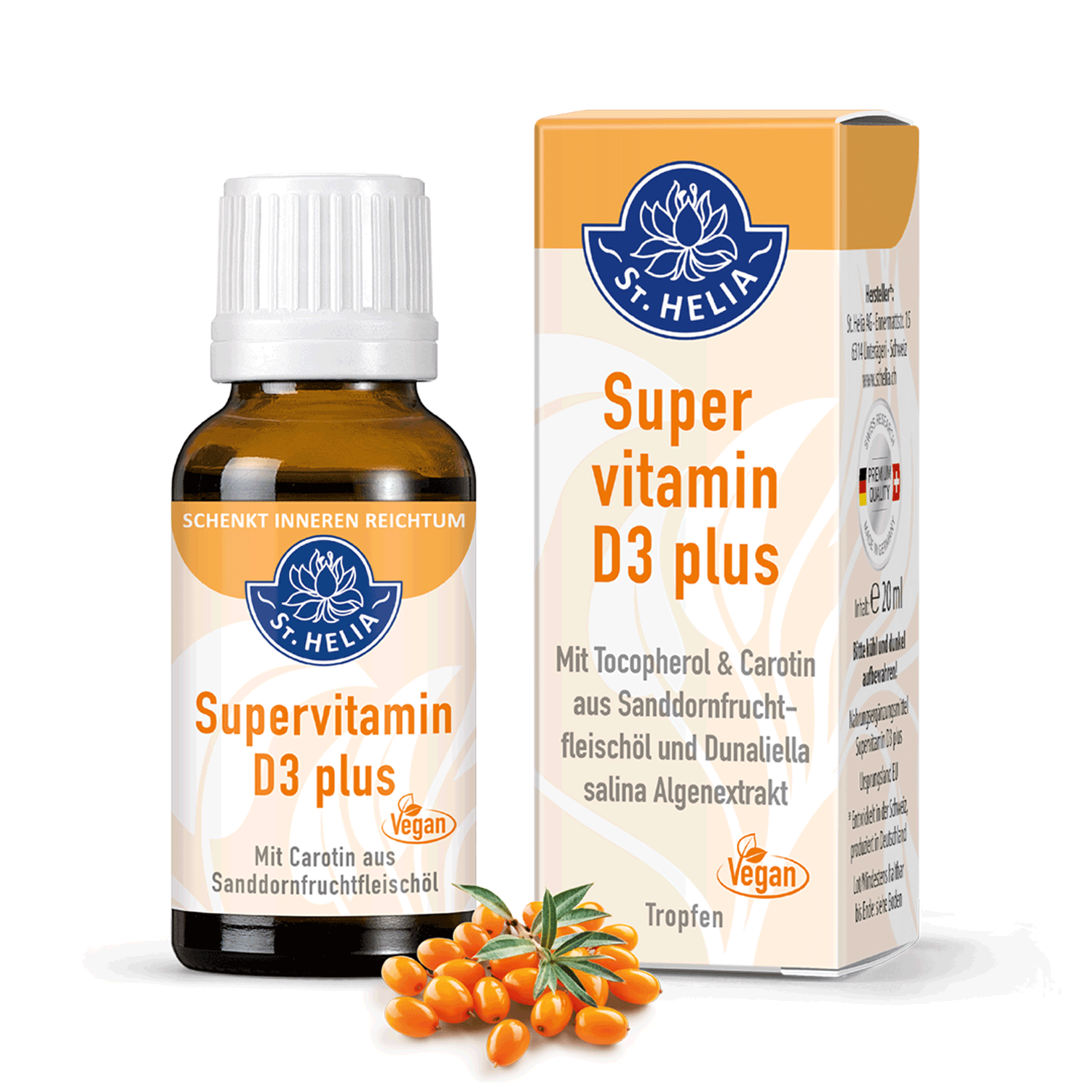
Content: 0.02 Liter (€1,350.00 / 1 Liter)
-
From 1€29.90€1,495.00 / 1 Liter
-
From 2€28.40€1,420.00 / 1 Liter
-
From 5€27.00€1,350.00 / 1 Liter
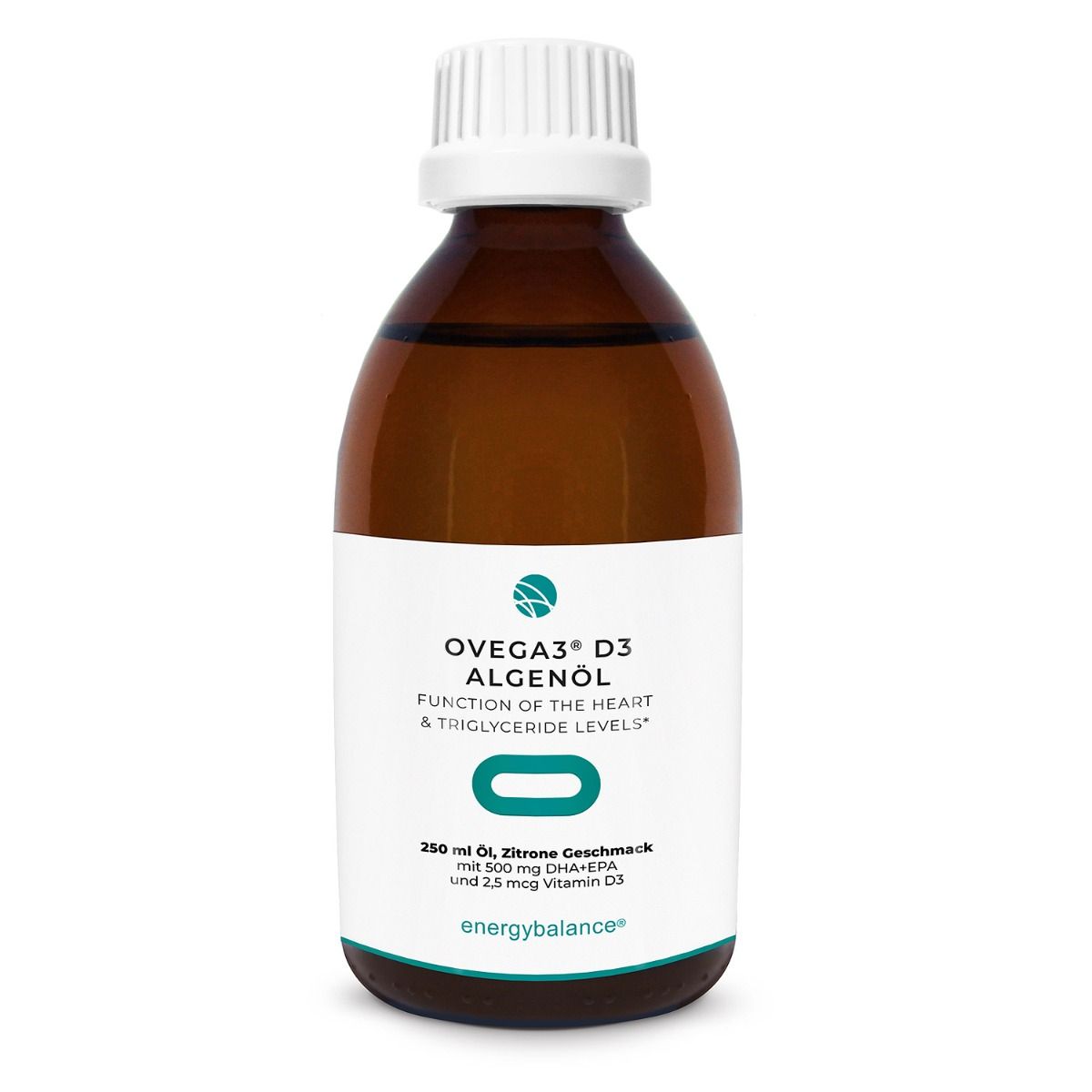
Content: 0.25 Liter (€105.20 / 1 Liter)
-
From 1€29.20€116.80 / 1 Liter
-
From 2€27.70€110.80 / 1 Liter
-
From 5€26.30€105.20 / 1 Liter

